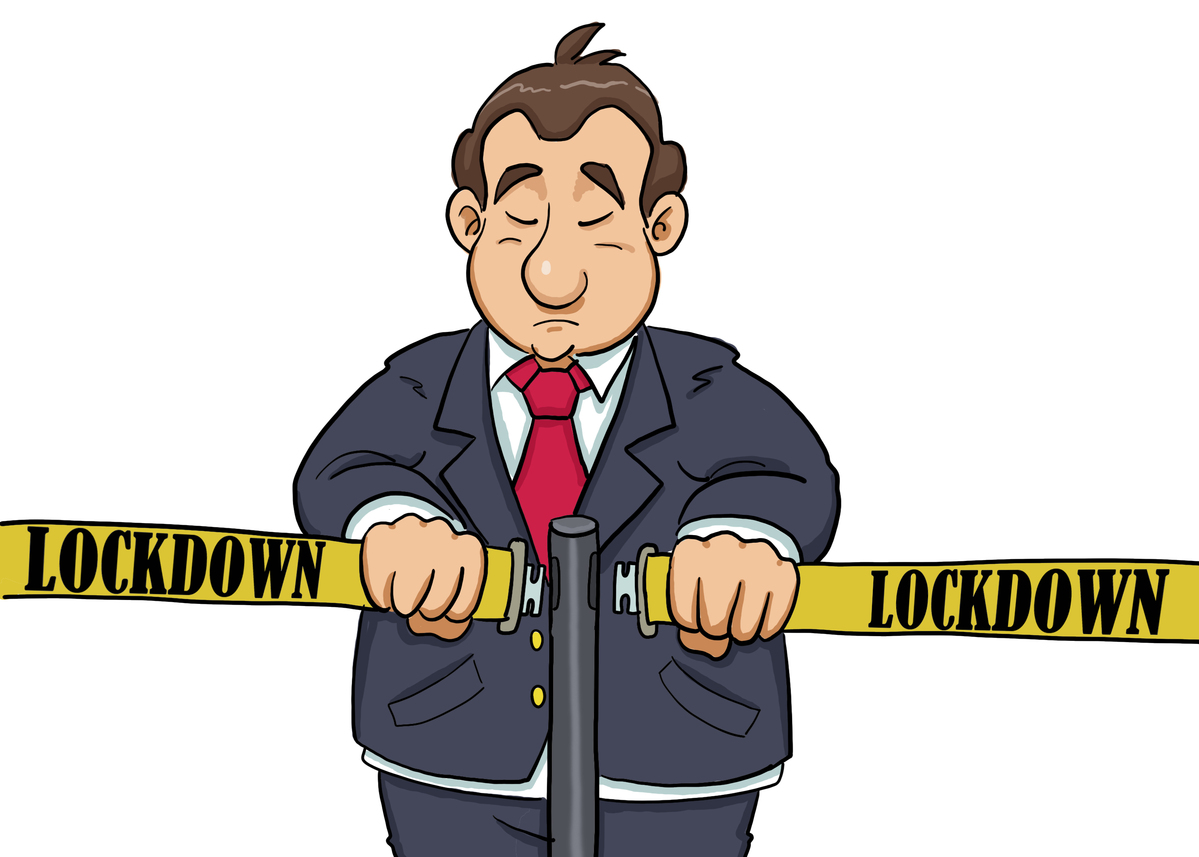What do cities have to consider when preparing for a lockdown?
It is important to note that the information provided in this Series is intended for your general knowledge only and is not a substitute for professional medical advice or treatment.

As COVID-19 continues to spread, national and city leaders in the world face the tough decision of whether to opt for a citywide lockdown. For world cities, such as London and New York, it is a particularly tough decision. To make the Wuhan experience easier to understand, we compare the conditions of Wuhan and a city of similar size, London, to illustrate some of the political and practical issues. Both cities have about 8.9 million residents, and the areas of the two cities are also quite similar: 8,382 km² for London and 8,494.41 km² for Wuhan.
Decision makers are unavoidably torn between human costs and economic costs associated with a lockdown. Both cities have many businesses, but London's GDP and GDP per capita are much higher than those of Wuhan. London's share of the national GDP is also much higher than that of Wuhan. London comprises 22% of the UK's GDP, whereas Wuhan's share of China's GDP is only 1.6%. A comparable lockdown would have much greater impact on the UK's national economy than the lockdown of Wuhan had on China's economy. What is more, London is a world financial centre. The impact on the world's economy should also be taken into account.
Leaving the economic considerations aside and instead prioritising the health security of the population on the very top of the government agenda, the city was locked down on 23rd January. There are a number of practical issues to enforce a lockdown.
For a total lockdown to work, it would require strong incentives for the central and local authorities to enforce the rules and a strong persuasive power to build up social consensus. Otherwise, if people can travel or lead a normal life as usual, the purpose of introducing a lockdown would be defeated.
Two levels of lockdown have been enforced in Wuhan over the past two months. The lockdown at the municipality level, or external lockdown, means cutting down all the unnecessary travels into and out of the city. Wuhan has 19 highway exits and 30 toll stations with physical barriers. When the travel ban started, the toll stations were shut down and the need for human enforcement was minimal. The highway system in the UK is toll free, so there are no existing highway barriers. Apart from highway, there are many ordinary roads that can be used to drive out of town. All would require enforcement staff.
The force available for policing the lockdown in the two cities is similar in number. Wuhan has about 20,000 people working as formal police officers and another 12,000 auxiliary police staff. The role of the auxiliary police in China is mainly traffic control in the street. These are often retired or previously unemployed people. During the lockdown, these people were able to man the roadblock. In London, the police force is much stronger with more than 30,000 police officers. However, it has fewer community support officers.
Please feel free to contact us by sending your questions to question@chinadaily.com.cn or commenting on China Daily app. We will ask experts to answer them.














